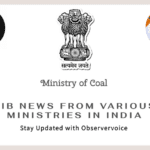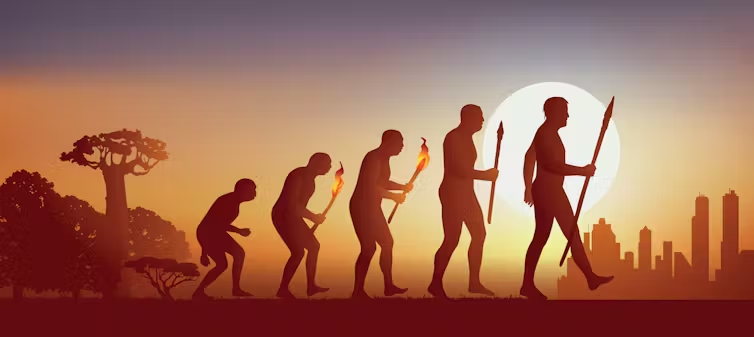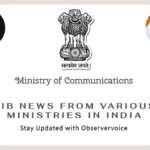India’s Minister of Petroleum and Natural Gas, Shri Hardeep Singh Puri, spoke at the 7th G-STIC Conference in Delhi about the country’s journey toward sustainable energy. He discussed how new technologies can help not only India but also other countries in the Global South. The conference, held in India for the first time, aims to explore ways to balance energy needs with environmental sustainability.
The 7th G-STIC Conference: Exploring Energy Solutions
The G-STIC Conference (Global Sustainable Technology and Innovation Community) brings together experts from different fields to discuss how technology can help solve the world’s energy and environmental problems. This year’s theme focuses on “Harmonizing Technology, Policy, and Business Pathways for a Sustainable Future.” The event was organized by TERI and VITO, with support from eight other independent research institutes.
In his speech, Shri Hardeep Singh Puri highlighted the challenges that countries face when trying to balance three important things in energy policy: affordability, availability, and sustainability. This issue, known as the energy trilemma, is particularly tough for countries with democratically elected governments because they must meet the needs of their people while also working towards environmental goals.
India’s Growing Energy Demand
India’s energy needs are growing fast. Right now, the country uses 5.4 million barrels of oil per day, but this number is expected to rise to 7 million barrels per day by 2030. India is also expected to contribute to 25% of the global increase in energy demand over the next two decades. This makes India one of the key players in the world’s energy market.
Affordable and Sustainable Solutions
One of the main challenges in this energy transition is keeping energy affordable while also making it sustainable. Shri Puri talked about the government’s commitment to finding new solutions, such as hydrogen fuel cells. India has already started testing 15 hydrogen-powered buses, which is part of a broader plan to reduce the country’s carbon footprint.
Shri Puri also spoke about India’s success with ethanol blending. The percentage of ethanol mixed with regular fuel has increased from just 1.53% in 2013-14 to 16% today. The government has moved up its goal of reaching 20% ethanol blending from 2030 to 2025. This change shows that India is taking quick and proactive steps to ensure energy sustainability.
Addressing Global Energy Needs
India’s efforts in ethanol blending and sustainable energy can serve as an example for other developing countries, especially in the Global South. Shri Puri explained that while India doesn’t have as much land as Brazil to produce biofuels, it is still finding innovative ways to reduce its dependence on imported energy.
Success of the Ujjwala Scheme
Shri Puri also highlighted the success of the Ujjwala scheme, which was launched in 2016 to provide clean cooking fuel to people in rural and economically weaker sections. Since the scheme started, the number of cylinder connections has grown from 140 million to 330 million, helping millions of families. This initiative, along with other social schemes, has helped lift around 250 million people out of poverty under Prime Minister Narendra Modi’s leadership.
The Future of Green Hydrogen
In his closing remarks, Shri Puri spoke about the potential of green hydrogen to revolutionize India’s energy sector. Green hydrogen is a clean energy source that could replace traditional fuels. However, the main challenge is reducing the cost of production. Shri Puri called for continued research and scaling of technology to make green hydrogen a viable energy solution for the future.
Observer Voice is the one stop site for National, International news, Editor’s Choice, Art/culture contents, Quotes and much more. We also cover historical contents. Historical contents includes World History, Indian History, and what happened today. The website also covers Entertainment across the India and World.










